Searching the internet, there are countless PdM articles about applying predictive technologies to hundreds of different types of production machines, but there are very few and specific documents about predictive maintenance with regard to CNC assets due to various reasons.
First, any CNC machine is a complicated system consisting of multiple motors, gear drives, bearings, hydraulic and pneumatic systems; and all of this provides feedback to the main controller in order for it to orchestrate the work output precisely. Needless to say, any mechanical parts mentioned above, when not in good condition, can affect the overall performance of the CNC machine.
In addition, most CNC machines are very well designed and durable. They are manufactured to take a beating and keep on ticking. They are designed to be very flexible, and a skilled operator can modify a part program to compensate for flaws and wears within the system. That will make it very hard to assess the mechanical condition of CNC machines because the mechanical flaws can be purposely masked by the operator in order for him or her to make good parts. For example, if there is a wear spot on the guideway to cause tapering, the operator can modify the part program and add reversed tapering to compensate for the wear. Consequently, this machine will continue to produce good parts; even if the mechanical condition of the guideways is not ideal.
In order to monitor the condition of any CNC machine effectively, we cannot just focus solely on the component level, which by itself is not an easy thing to do due to accessibility, safety considerations, and sometimes the short duration available for data collection. This article would suggest that in order to assess the condition of a CNC machine, we should focus on monitoring the ability of the machine to hold its tolerance without having to manipulate or overly adjust the part program. Fortunately, the tool that one can utilize does exist and has existed for quite a while now; and ATS has been using it for more than 20 years. This wonderful tool is the Ballbar test. Originally, it was marketed for a different purpose, as one of the main OEM stated that it should be used for validation purposes only and not as a diagnostic instrument, but as we found out, the test and the software have become very important PdM tools for CNC machines.
The main components in most Ballbar test kits consist of a center post, a displacement sensor, and a post to be installed in the machine tool holder. The test procedures begin by aligning the tool holder post with the center post. This coordinate is the center of a circle with its radius equaling the length of the sensor used in the test.
Once the center of the circle is established, the test program loaded in the controller will move the spindle to the radius appropriate for the length of the sensor in use. From there, the program will control the machine movements to trace a circular path, and any change to the radius during this path, as recognized by the displacement sensor, is captured by the test software. By analyzing the recorded data, the software will output a comprehensive list of detected faults.
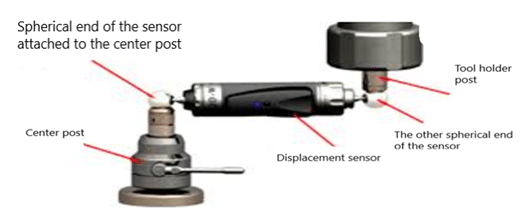
The test is very simple, but it is extremely useful for both validation and diagnostic purposes because it allows us to see the raw ability of the machine to keep tolerance under a no-load condition, and without artificial manipulation covering the machine faults. Below is an example of machine faults that are also quantified from a Reinishaw Ballbar software:
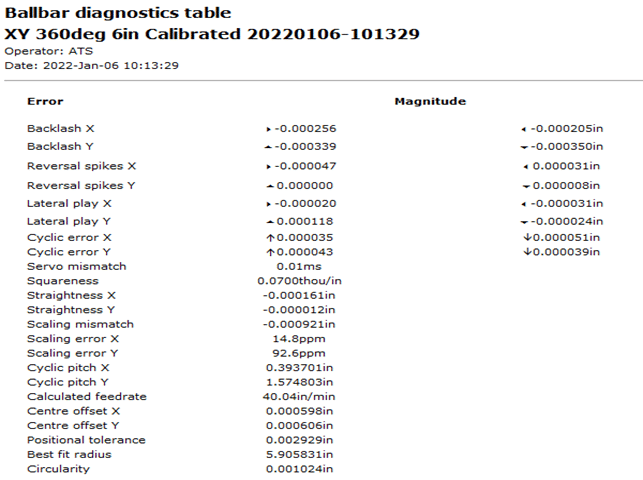
As illustrated in the previous example, the detected faults are quantified and, therefore, their values are compared and tracked over time. That is why the Ballbar test is not only an excellent diagnostic or validation tool; it also gives us the ability to apply predictive maintenance philosophy to CNC machines. The only requirement here for this technology to work as a PdM tool is to collect data more frequently.
For any Ballbar testing or information you may need, please feel free to contact ATS. We are always more than willing to help.
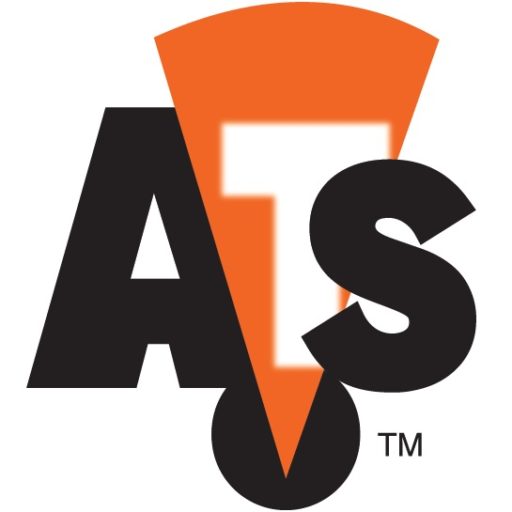



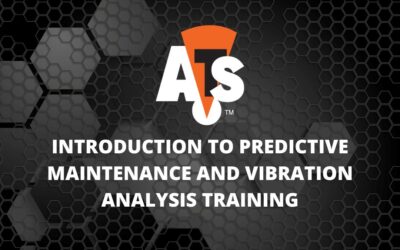
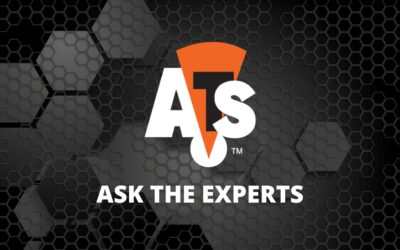
0 Comments